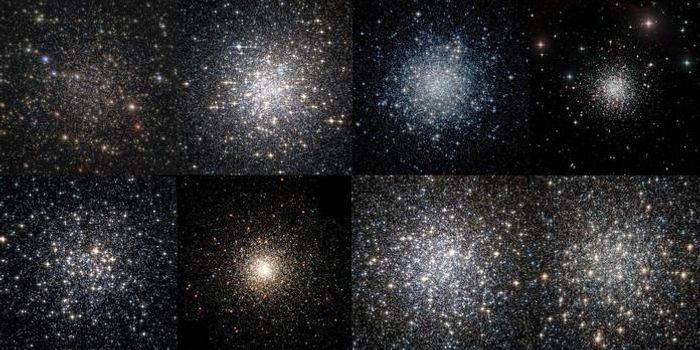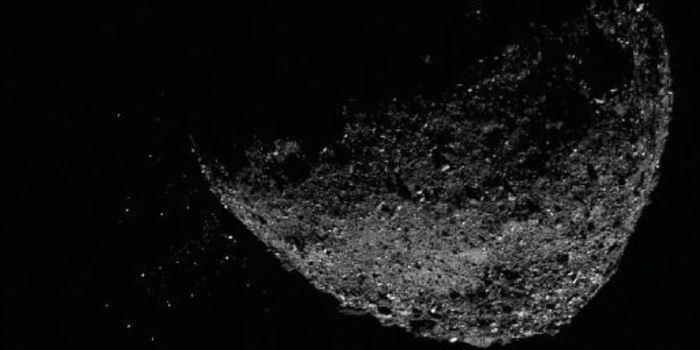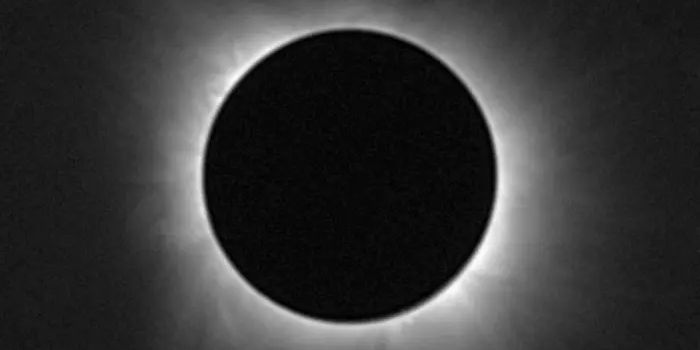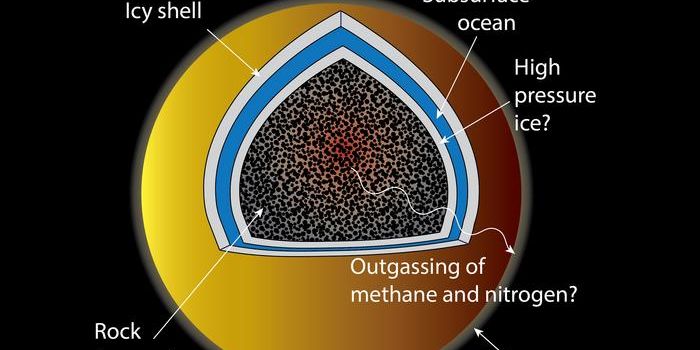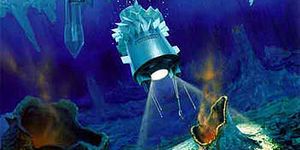Revising the Early Universe: Black Holes and Bright Galaxies Unraveled
What were galaxies like in the early universe? This is what a recent study published in The Astronomical Journal hopes to address as an international team of researchers investigated the formation and evolution of galaxies in the early universe, as recent studies have suggested they were much larger than cosmology models had simulated. This study holds the potential to help researchers better understand the conditions in the early universe and how life came to be.
“We are still seeing more galaxies than predicted, although none of them are so massive that they ‘break’ the universe,” said Katherine Chworowsky, who is a PhD student at the University of Texas at Austin and lead author of the study.
For the study, the researchers used NASA’s James Webb Space Telescope to peer deep into the universe’s past and observe some of the earliest galaxies to ascertain their sizes and whether they are as massive as recent studies have suggested. After analyzing the data, the researchers discovered that black holes residing at the center of these galaxies are creating false brightness and sizes, meaning these galaxies are much smaller than previously thought, thus reducing the panic within the scientific community regarding cosmological models. However, this study does suggest further research is necessary regarding star formation and evolution within these galaxies.
Image obtained from NASA’s James Webb Space Telescope of some of the universe's earliest galaxies. (Credit: NASA, ESA, CSA, Steve Finkelstein (University of Texas at Austin))
“And so, there is still that sense of intrigue,” said Chworowsky. “Not everything is fully understood. That’s what makes doing this kind of science fun, because it’d be a terribly boring field if one paper figured everything out, or there were no more questions to answer.”
What new discoveries about galaxies in the early universe will scientists make in the coming years and decades? Only time will tell, and this is why we science!
As always, keep doing science & keep looking up!
Sources: The Astronomical Journal, EurekAlert!


